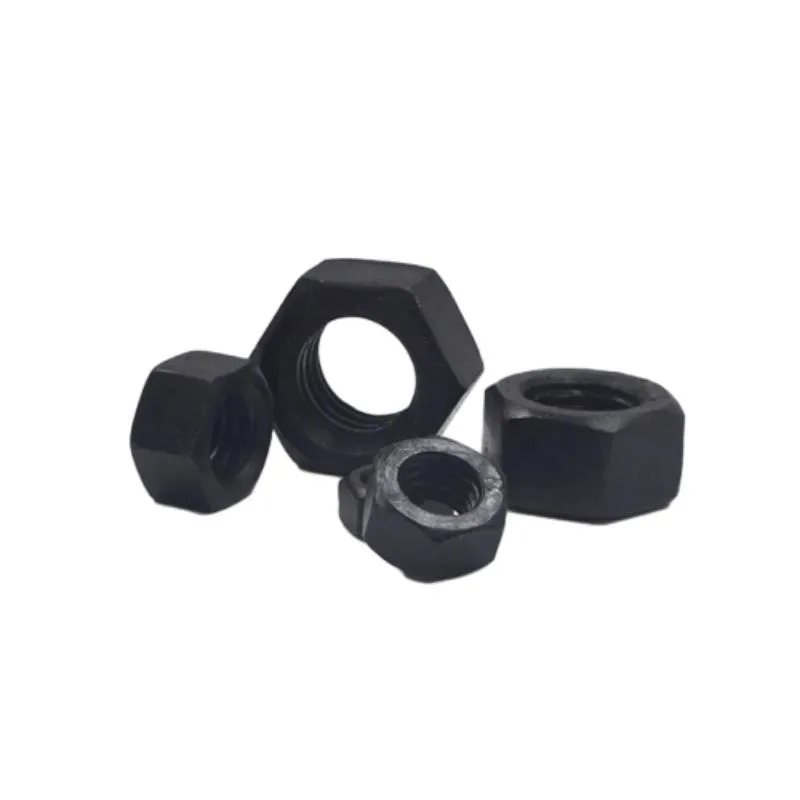Nov . 12, 2024 07:05 Back to list
bolt styles
Exploring the World of Bolt Styles
In the vast realm of construction, engineering, and design, the small yet mighty bolt plays a crucial role. From holding structures together to ensuring the safety and integrity of machinery, bolts come in a variety of styles, each serving a specific purpose and function. Understanding these bolt styles is essential for selecting the right one for any project. In this article, we will explore some of the most common types of bolts and their applications.
1. Hex Bolts
Hex bolts are perhaps the most recognized type of bolt. They feature a hexagonal head and are typically used in conjunction with a nut. The shape of the head allows for easy tightening with a wrench or socket, making them ideal for high-strength applications. Hex bolts are widely used in construction and machinery assembly due to their durability and strength.
2. Carriage Bolts
Carriage bolts have a smooth, rounded head and a square neck that prevents them from rotating when tightened. This characteristic makes them perfect for fastening wood and metal applications where a flush surface is required. Often used in outdoor furniture and construction projects, carriage bolts are available in various sizes and materials, making them versatile and effective.
3. Lag Bolts
Lag bolts, also known as lag screws, are heavy-duty fasteners with a hexagonal head and a coarse thread. They are designed for use in wood and are ideal for applications requiring a secure grip. Lag bolts are commonly found in timber constructions, such as decks and framing, where strength and stability are paramount.
bolt styles

4. Shoulder Bolts
Shoulder bolts have a cylindrical shoulder that acts as a pivot point for rotating parts. This unique design makes them ideal for applications in machinery where parts need to rotate freely. Shoulder bolts are widely used in automotive and industrial equipment, playing a vital role in ensuring smooth operation.
5. Socket Head Cap Screws
Socket head cap screws are characterized by their cylindrical head and a hexagonal socket drive. They are designed for high-stress applications and are often used in machinery and automotive assembly. The recessed socket allows for more torque to be applied, making these screws particularly advantageous in tight spaces.
6. Eye Bolts
Eye bolts are unique in that they feature a circular loop on the head. This design makes them perfect for lifting applications, as they allow for a secure attachment point for ropes and chains. Eye bolts are widely used in construction, rigging, and marine applications, ensuring safe lifting and anchoring.
Conclusion
The world of bolt styles is diverse and essential for various applications in construction and engineering. Each type of bolt offers unique advantages and is designed to meet specific needs. Selecting the right bolt for a project is crucial, as it can impact the safety, functionality, and longevity of the finished product. Whether you're a DIY enthusiast, a contractor, or an engineer, understanding the different bolt styles will empower you to make informed decisions, ensuring your projects stand the test of time. As you delve into your next project, remember the importance of choosing the right bolt style to suit your needs – because even the smallest components can make a significant difference.


